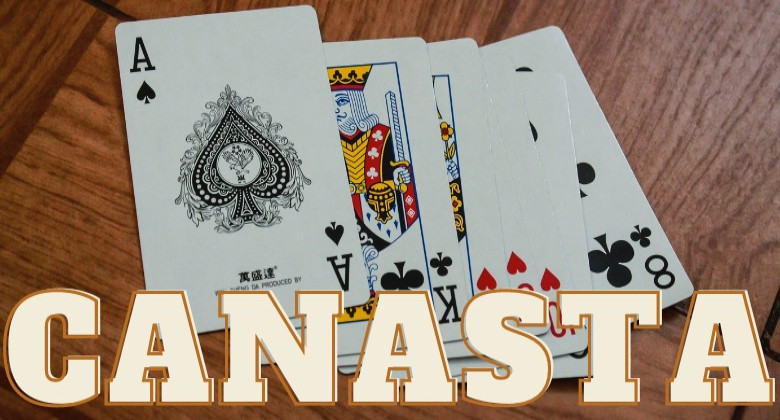
Canasta - Learn How to Play & Tips to Win Canasta Card Game
What is Canasta?
Canasta, a rummy-like card game that rose to popularity in the mid-20th century, offers an engaging blend of strategy and skill that keeps players returning to the table time and again. Originating from Uruguay, this game crossed borders, delighting enthusiasts from Argentina to the United States. To unlock the charm of Canasta, one must learn its objective, understand the gameplay, and finally, equip themselves with insightful strategies to ensure victory in the game.
Objective of Canasta Game
The prime objective of Canasta is straightforward yet exciting. Teams or individual players aim to score the highest number of points by arranging cards of the same rank. A sequence or arrangement, constituting three or more cards of the same rank, is the central premise in Canasta. However, the path to that high score is difficult as it involves tactical decision-making, offering players an opportunity to outwit opponents and manifest their strategic abilites.
How to Play Canasta Card Game
Below are the steps on how to play Canasta and how the right moves can help you with the game.
- To set the stage for Canasta, prepare two standard decks of cards (including Jokers), leading to a pack of 108 cards. For an engaging experience, Canasta is usually played with four players in two partnerships. However, variations exist for two, three, or even six players.
- The game begins with each player being dealt a hand of 15 cards. The remaining deck, known as the stock, is placed face down, and the top card is flipped to start the discard pile. Players then take turns drawing cards, creating and adding to melds, and discarding one card onto the discard pile.
- A notable feature of Canasta is the “Canasta” itself, a meld of seven or more cards. This is classified into two types, a 'natural' Canasta, formed with seven cards of the same rank without wild cards (Jokers, deuces), and a 'mixed' Canasta, which may include up to three wild cards. A natural Canasta scores higher than a mixed one, but both are rewarding.
- The game proceeds with players drawing cards from the stock or picking up the entire discard pile under specific conditions. When the stock runs out, the game continues with players using their on-hand cards until one player goes out by discarding their last card after making at least one Canasta.
At this point, both teams calculate their scores from arranged cards, accounting for any bonuses from Canastas and penalties for cards left in hand. The game typically extends over several rounds until one team accumulates a total of 5000 points, although this can be adjusted to suit the players' time and enthusiasm.
Also Read About: - 14 Best Card Games to Play in 2023
Tips to Win Canasta Card Game
Armed with the understanding of Canasta's objective and rules, let’s delve into tips that can strengthen your winning odds:
Team Communication: In a team setting, implicit communication with your partner is a game-changer. The cards you discard may signal the cards you are collecting for melds. Likewise, discerning your partner's strategy can lead to effective assistance in their pursuits.
Managing the Discard Pile: Being able to pick up the entire discard pile can significantly accelerate your meld-making process. However, leaving attractive cards in the discard pile could potentially aid your opponent. Striking a balance is crucial.
Wild Card Usage: While wild cards can be beneficial in forming mixed Canastas, excessive use can hinder the creation of higher-scoring natural Canastas. Use these powerful cards judiciously.
Going Out: Be mindful of when to go out. Doing so prematurely may leave your team with fewer points, while delaying could give opponents a chance to catch up.
Defense: Canasta isn't just about offense. A crucial part of the strategy involves preventing your opponents from making melds or picking up the discard pile. Blocking the pile with a card they can't use or 'freezing' the pile with a wild card can impede their progress.
Hand Management: Holding onto too many cards can be risky. Make melds and Canastas whenever possible to mitigate the risk of left-over cards, which would deduct points from your score.
Balancing: Balance the pursuit of natural Canastas with the more achievable mixed ones. A balanced approach ensures steady point accumulation, leading to a possible victory.
Also Read About:- 12 Best Real Money Games to Play in 2023
Conclusion: Canasta Card Game
With its enticing blend of luck and strategy, Canasta can be a captivating journey from the first card dealt to the last Canasta made. It's a classic card game that tests your tactical thinking and adaptability and fosters teamwork and communication. The path to becoming a Canasta champion begins with understanding its intricacies and is perfected by effectively implementing strategies. Whether you're a seasoned card player or a novice looking for a new challenge, Canasta promises an exhilarating gaming experience.
FAQs About Canasta Card Game
How do you play Canasta?
Canasta is a card game where players aim to make melds of seven cards of the same rank and "go out" by playing all cards in their hands. It's not particularly difficult to learn but has numerous rules that could seem complex to beginners.
Is Canasta a difficult game to learn?
Canasta, while not necessarily difficult, has a unique set of rules and strategies that can make it seem complex for beginners. The basic premise is easy to grasp – form melds and accumulate points. As with many card games, the more you play Canasta, the more you understand its intricacies and nuances, and the easier it becomes.
Is Canasta like rummy?
Yes, Canasta is similar to Rummy as both involve creating melds of cards. Still, Canasta typically involves more cards and has additional complexities; like in canasta, melding seven cards of the same rank becomes a task.
What are the rules for 2 player canasta?
In two-player Canasta, each player gets 15 cards and two stacks of 11 cards are placed as stock piles. Like regular Canasta, the goal is to form right and valid combinations, with the added rule that the player must make at least one Canasta before 'going out.'
Related Post
-
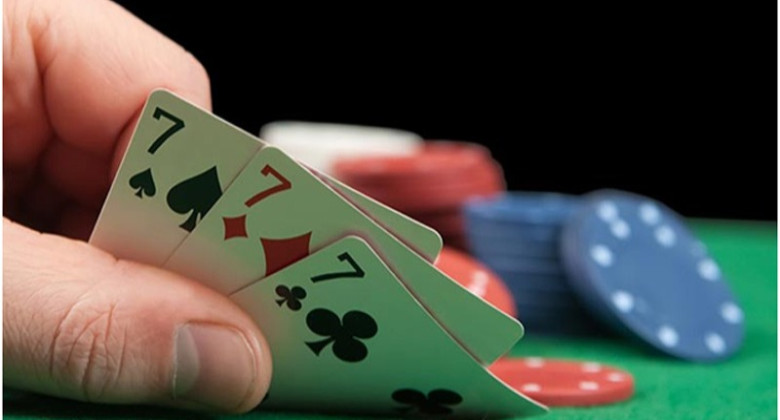 Teen Patti - What is Teen Patti Game & How to Play 3 Patti Online
Teen Patti - What is Teen Patti Game & How to Play 3 Patti Online
-
 How to Download the Junglee Rummy App on Your Mobile Phone
How to Download the Junglee Rummy App on Your Mobile Phone
-
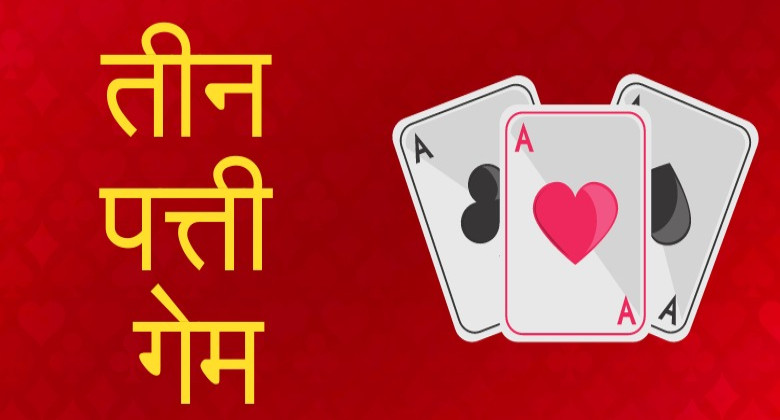 तीन पत्ती (Teen Patti/3Patti) - तीन पत्ती गेम क्या है और कैसे खेलें
तीन पत्ती (Teen Patti/3Patti) - तीन पत्ती गेम क्या है और कैसे खेलें
-
 13 Best Paisa Kamane Wale Games (पैसा कमाने वाले गेम्स) और रियल कैश जीतें
13 Best Paisa Kamane Wale Games (पैसा कमाने वाले गेम्स) और रियल कैश जीतें
-
 Online Game Cash Withdrawal and Instant UPI Withdrawal Games
Online Game Cash Withdrawal and Instant UPI Withdrawal Games



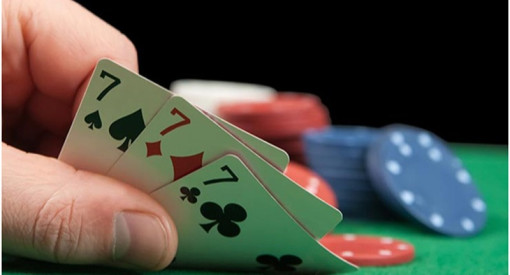



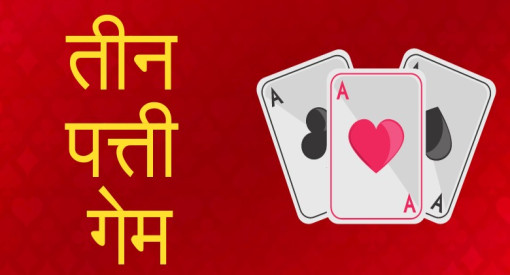


-17213832177155.png?v=1721383218)
